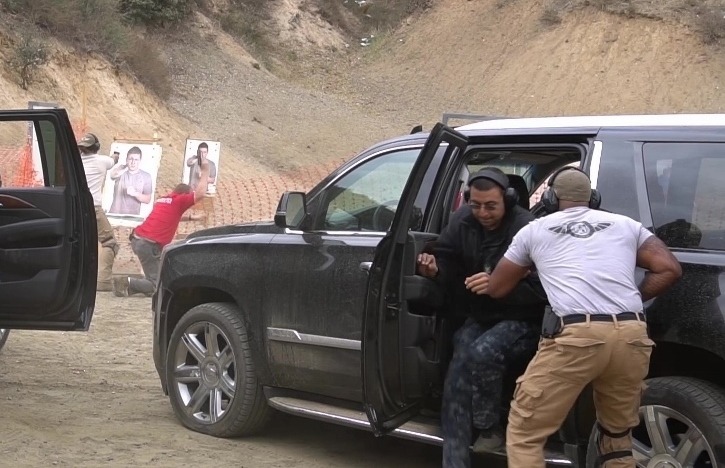In the high-stakes world of executive protection, where every decision can mean the difference between safety and security breaches, training must evolve beyond conventional methods. As threats become increasingly sophisticated and diverse, so too must the strategies employed to neutralize them.
This article explores three advanced techniques that can elevate executive protection training, honing skills that are critical in today’s unpredictable environment. From immersive scenario-based exercises that mimic real-world challenges to the integration of cutting-edge technology that enhances situational awareness, these methods not only enrich the learning experience but also prepare protectors to anticipate and mitigate potential dangers.
With a focus on adaptability and proactive measures, these advanced techniques offer a roadmap to not only meet the demands of the field but to redefine what effective protection truly means.
1. Dynamic Situational Awareness: Enhancing Threat Detection and Response

In the rapidly evolving landscape of executive protection, dynamic situational awareness serves as a lynchpin for effective threat detection and response. It involves a continuous process of information gathering, interpretation, and action, allowing security personnel to stay ahead of potential dangers.
By employing advanced surveillance techniques and real-time data analysis, protectors can critically assess their environment—identifying not just immediate threats, but also subtle changes that may indicate emerging risks. For instance, a sudden shift in crowd behavior or an unusual vehicle behavior can act as red flags that demand swift action.
Training programs that prioritize this multifaceted awareness empower specialists to think on their feet, heightening both their analytical skills and intuitive judgments. In a world where threats are increasingly unpredictable, cultivating a keen sense of situational awareness is not just beneficial; it is essential for ensuring the safety of high-profile clients.
2. Tactical Decision-Making Under Pressure: Simulating Real-World Scenarios

In the realm of executive protection, the ability to make tactical decisions under pressure is paramount, often marking the chasm between success and failure in high-stakes environments. Simulating real-world scenarios can be an invaluable tool in honing this skill; imagine a sudden ambush during a routine event or an unexpected crowd surge at a public appearance.
Executives must navigate these crises swiftly, weighing options, prioritizing safety, and communicating effectively with their teams—all while maintaining composure. By immersing trainees in these realistic situations, complete with time constraints and escalating threats, they learn to assess risks, adapt strategies on the fly, and make split-second decisions that could potentially save lives.
This dynamic approach not only builds confidence but also fosters a deep-rooted understanding of the unpredictable nature of their roles, preparing them for whatever may come their way.
3. Integrated Technology Utilization: Leveraging Tools for Safer Environments

In todays dynamic landscape of executive protection, the integration of advanced technology is not just an enhancement; its a necessity. From biometric systems that secure access points to sophisticated surveillance networks that provide real-time threat assessments, leveraging these tools creates a robust framework for ensuring safety.
Imagine a scenario where an executives movements are monitored not just by eyes on the ground but by cutting-edge AI algorithms analyzing patterns and predicting potential vulnerabilities. Moreover, mobile applications equipped with encrypted communication channels empower teams to coordinate seamlessly, reducing response times in critical situations.
The fusion of tech and human expertise fosters an environment where proactive measures can be taken, turning potential crises into manageable situations. Its about harnessing innovation to anticipate threats before they materialize, allowing security professionals to act decisively and effectively, ensuring the safety of those they protect.
Conclusion
In conclusion, integrating advanced techniques into executive protection training is essential for enhancing the effectiveness and preparedness of security personnel. By focusing on comprehensive threat assessment strategies, leveraging cutting-edge technology for real-time situational awareness, and fostering strong communication skills within teams, organizations can significantly bolster their protective measures.
Ultimately, investing in these advanced methodologies not only equips security professionals with the tools they need to mitigate risks but also instills confidence in those they are tasked to protect, ensuring a safer environment for executives in today’s complex landscape.


